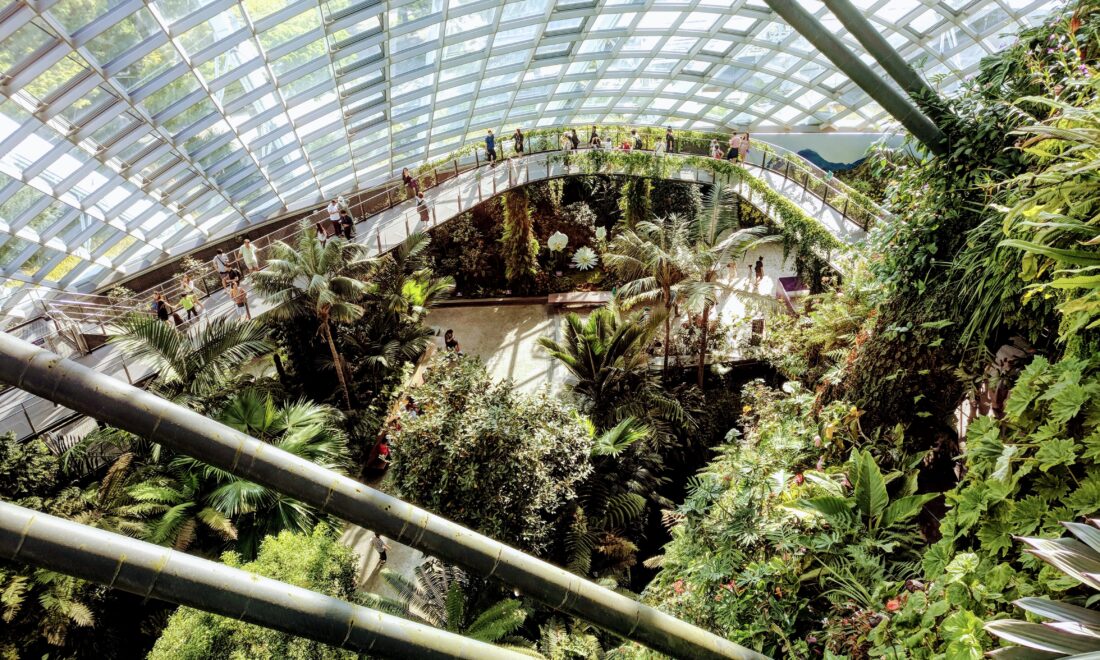Computation and Construction in Architecture (CoCoA) Lab
School of Architecture, Design and Planning
School of Architecture, Design and Planning











A whole-systems approach to explore and enhance the connection and inspiration between natural and built systems and processes to enhance adaptation to a changing climate and varying requirements in the environment
Conventional building design and construction processes account for a major part of the global greenhouse gas emissions and energy consumption. With the ever-increasing need to adapt and mitigate the building stock`s impact on the environment, it is essential to adopt a whole-systems approach to explore and enhance the connection between natural and built environments for increased sustainability.
Bio-Architecture
Bio-architecture is a field in architecture that derived inspiration by biological systems, processes and designs. It suggests that it is possible for our buildings to share some of the properties of living systems. It enhances the inter-relationship between natural and built systems by recognising humans as part of natural ecosystems. Applications of bio-architecture include innovative building materials and systems inspired by nature, processes informed by natural design principles, regenerative and living designs that embed whole-systems thinking.
It is possible for our buildings to share some of the properties of living systems, as such, buildings can be adaptable, evolving and living.
Dr Aysu Kuru
Climate Adaptation
Climate adaptive architecture investigates how environmentally adaptive solutions can be developed for the design of sustainable and resilient buildings and technologies. In doing so, it investigates the following questions in the relevant fields of building design: